From Saigon to SoCal, ‘The Sympathizer’ Costume Designer Explores the Sartorial Landscape of the ’70s
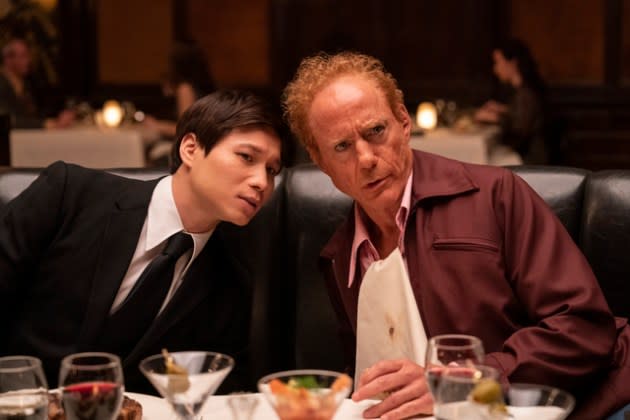
Danny Glicker is a child of the ’70s. And as a costume designer who’s worked with some of the most acclaimed auteurs in the business today, he just keeps getting better acquainted with the decade’s sartorial landscape.
“I’ve done the ’70s a lot,” says Glicker, whose past projects include Gus Van Sant’s “Milk” and “Don’t Worry, He Won’t Get Far on Foot,” as well as the late-1960s thriller “Bad Times at the El Royale.” “I try to avoid doing it too much — but I keep getting pulled back in by really beautiful projects.”
More from WWD
Annabelle Dexter-Jones on the Freedom of 'American Horror Story' and Being Inspired by 'Succession'
Jenna Lyons Talks Next Season of 'RHONYC,' White House Parties and J. Crew
'Sex and the City' Stylist Patricia Field to Style Rescue Dogs for a Runway Show
The latest project to pull him back in time is “The Sympathizer,” a screen adaptation of Viet Thanh Nguyen’s 2016 Pulitzer Prize-winning novel of the same name.
The story is set in the mid-1970s and begins after the fall of Saigon, marking the end of the Vietnam War. “I was really viewing the mid-’70s through the lens of all the eras that built up to it,” says Glicker, describing the decade as a visual language. “Because I’ve done it so much, I’m no longer fixated on the minutiae, because I understand it pretty well. So I’m then able to really delve into the inner monologues of each character.”
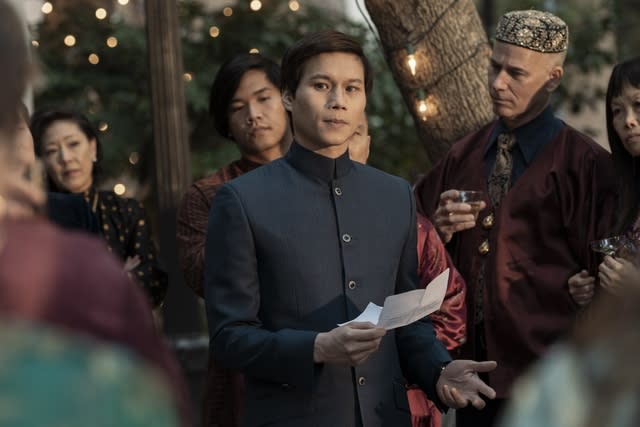
The series, a dark satire, was cocreated and cowritten by Park Chan-wook, known for films like “The Handmaiden” and “Oldboy.” Park also directed the first three episodes. Glicker and Park spoke through a translator, but Glicker describes their working collaboration as in sync. “I realized early on that, oh, we’re completely speaking the same language,” he says. “We’re speaking the language of ‘The Sympathizer.’”
Park’s visual approach was rooted in color, and Glicker worked closely with the director to establish a color key for the show. They grounded the story’s main character, The Captain, in the color blue. “It’s a classic color, it is not a controversial color. It is a color that does not have a specific political alliance,” says Glicker. “It is a color that stays consistent within a certain value throughout the whole piece. That blue became our white.”
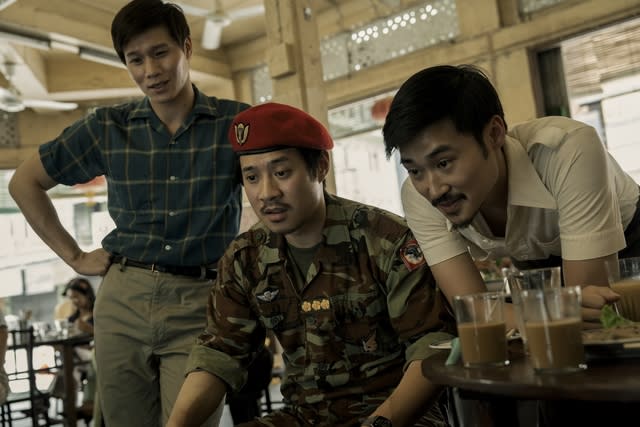
While the show begins in South Vietnam, The Captain — a Viet Cong spy — soon lands in Southern California, living among refugees. “We spent a lot of time thinking about how does a person dress to be deeply trustworthy — but can also walk into an office, take what he wants and walk right out,” says Glicker. “And that’s kind of what The Captain has to be.”
As a spy, The Captain’s disguise is comfort. “The way that he presents himself is very much in the disguise of what we would refer to these days as ‘respectability politics,’ where he picks the outfit that is the safest and that people feel the safest around,” he says, describing the vibe as collegiate, preppy and academic.
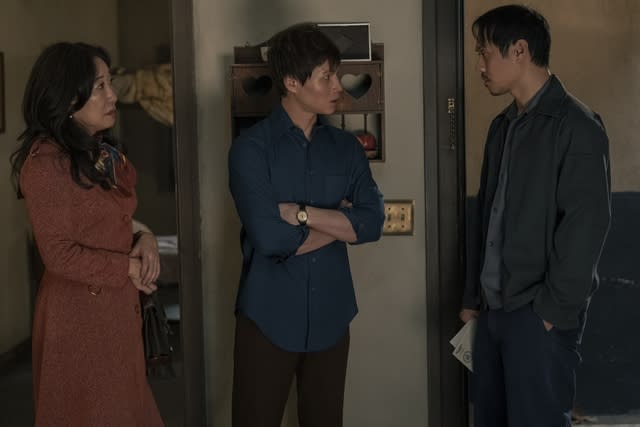
While in Los Angeles, The Captain meets several distinct characters — a congressman, CIA agent, professor, filmmaker — all played by costar Robert Downey Jr. Many of those characters’ costumes were informed by the Civil Rights movements that were taking place on the West Coast.
“Anyone who knows politics knows how much Southern California ended up shaping the country going into the ’80s,” says Glicker, adding that he channeled a sense of optimism when designing the costumes for the congressman persona. “I put him in these really bright, creamy tones, a lot of bold colors. And the idea was, I wanted the optimism of Southern California to feel both bright and strangely sinister — and a little oppressive, because there was so much suffering going on within the shadow of that brightness.”
In addition to portraying characters with different styles, each of Downey Jr.’s characters also had distinct body types. That choice allowed characters to appear in scenes together and retain separate visual identities.

“One thing that’s interesting about those characters is they all prioritize visual presentation, because they all represent the outward ambition of certain American institutions,” says Glicker. “So they all have a very specific form of dressing, which is rooted in a very specific protocol of customs.”
Glicker notes that one of his most profound takeaways from working on “The Sympathizer” was reflecting character resiliency through clothing. Many Vietnamese refugees arrived in the U.S. with nothing, reliant on clothing donated from charity organizations. “It was very interesting for me to reflect that trajectory visually of some people starting so modestly, people who came from very extraordinary backgrounds with exquisite taste, and how they built up so quickly.”
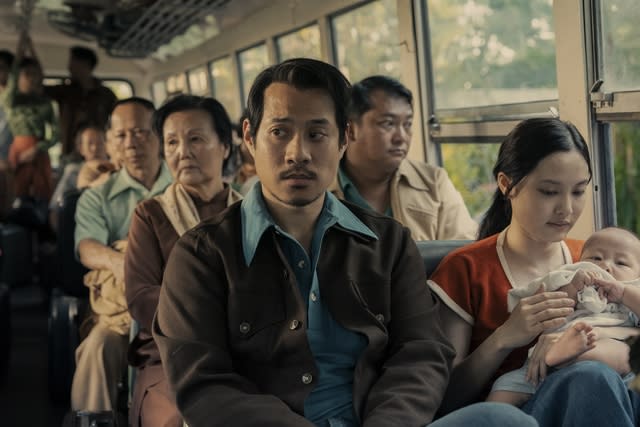
The first two episodes of the series, an HBO and A24 coproduction, have aired, with five more still to come. Glicker is already in the middle of his next project, “SNL 1975,” a Jason Reitman-directed biopic about the beginning of “Saturday Night Live.” So yes: Glicker is entrenched in the ’70s once again.
“It’s a nice example of how you can be in almost the identical year and have a completely different experience,” he says.
Best of WWD


